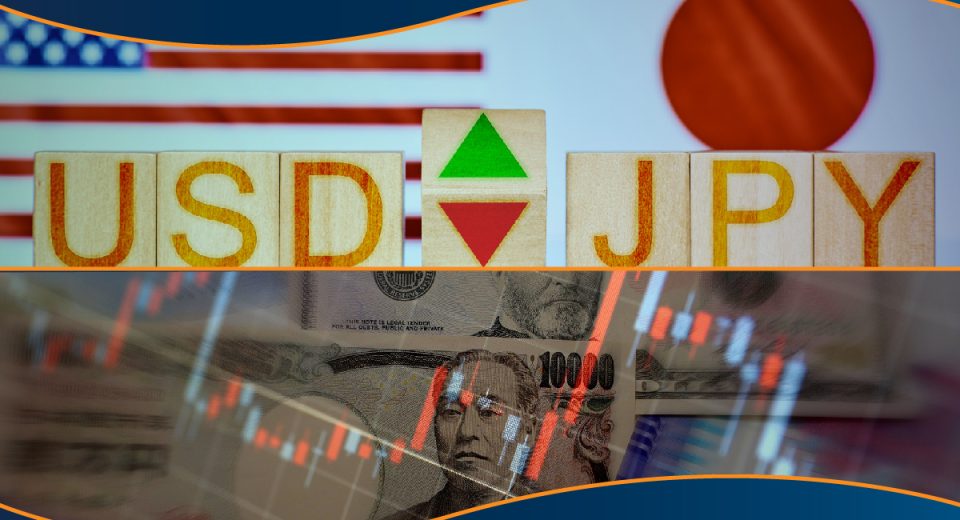Understanding Gaps in the Forex Market

The empty spaces between the close of one candle and the open of the next are called forex gaps. These are sharp price breaks, with no trading in between. Gaps can occur in both the upward and downward direction. Unlike the stock markets, the forex market operates 24 hours a day, 5 days a week. It is usually during the weekend that such gaps can be seen.
When the market opens on Monday, it is seen that prices have jumped up or down, from the closing price on Friday. One reason for this is that while retail traders operate 24/5 in the market, institutional traders do so 24/7. Buying and selling goes on continuously, even over the weekend, for central banks and related organisations. Therefore, based on supply and demand, prices change too.
Gaps can also occur after the release of important news and economic reports, over very short timeframes. These news releases can also occur during the weekend. With 52 weeks in a year, weekend gaps are the most common gaps found in the forex market.
Importance of Gaps
Gaps are important to gauge market sentiment. When the market gaps up, it means that there are no traders willing to go short at the levels of the gap. If the market gaps down, it means that there are no traders willing to go long at the gap level. Gaps can also result in price correction at times.
After a gap occurs, prices have a tendency to reverse and “fill” the gap. When it is said that the gap has been filled, it means that prices have reversed to the original pre-gap levels. If gaps are filled on the same day on which they occurred, it is referred to as “fading.”
Gaps can provide traders with extra confluence when drawing support and resistance levels. This, in fact, is known as confluence trading, which is based on identifying areas on the chart where several levels come together, like maybe a trendline and a Fibonacci level. The more the confluence at this level, the more likely it is that the level will hold. If that level is used in a suitable price action strategy, with the right amount of bullish and bearish momentum, there could be chances of success.
Traders have started trading Sunday evening gaps in recent years. This is because technically speaking, it can be considered that the price will always fill the gap. However, it is to be noted that gaps cannot be filled as soon as they are formed. It might take 200 pips from the opposite direction before the price gets filled. Sometimes, gaps take up to two days to get filled, when the price moved 80 pips in the opposite direction before returning to fill the gap.
In many cases, traders may see a false signal created by the gap. Prices can often fill only a part of the gap area.
Let’s look at some tradable gaps usually seen in the forex market.
Types of Weekend Gaps
Technically, gaps can be divided into 4 types:
1. Breakaway Gaps
These gaps occur at the end of a price pattern, to indicate the beginning of a new trend. The price breaks out of the consolidation phase and proceeds up or down, with a strong momentum, so much so that a gap gets left behind. This is usually triggered by a breaking event.
2. Runaway Gaps /Continuation Gaps
These gaps form within a trend, indicating trend continuation. When combined with price action tools like support and resistance levels, trend lines or pivot points, these gaps could be the safest to trade. Traders usually wait for the gap to close, before they assume continuation of the price momentum in the existing trend direction.
3. Exhaustion Gaps
Exhaustion gaps also occur near the end of price patterns, and could result in a final attempt to reach new highs and lows. This is the final push before prices start to lose momentum and reverse. This is rarely found in the forex market.
4. Common Gaps
Random price gaps, which cannot be placed within a price pattern, are common gaps. These are the most “common” ones that occur when the market opens on Monday morning, after a weekend. They are most likely to be filled by a few price bars, and can, therefore, be used for short term intra-day trading strategies.
Trading Common Gaps
Important events, news releases or economic releases can occur over the weekend, which provides clues that gaps are likely to occur after the weekend. Weekend gaps are usually traded on the assumption that the Sunday evening opening price might return to Friday’s closing price.
The first step is to locate the chart pattern that defines the gap. Depending on the gap, the trader can try to locate the first candle, high or low. One could enter immediately or at the break of the candle high. Stop-loss can be placed below the candle high or above the candle low. The target can be placed at the close of the gap or 3 pips above or below it.
This is usually a strategy for the opening of the Tokyo session at 7:00pm ET. The prices at this time move towards the gap close.
Some Tips to Trade Gaps in Weekends
Traders prefer to trade gaps that are in the overall direction of the price trend. For this, traders can look at hourly charts. Also, currency gaps need to form significantly above or below a key resistance level on the 30-minutes charts. This price has to retrace to the original resistance level, which indicates that the gap has been filled. There has to be a candle indicating price continuation in the direction of the gap, so that it is ensured that the support will remain intact.
For gap trading strategies to succeed, high volatility currencies like GBP/USD could be apt. Also, when trading starts at the start of the week, it is better to see if the gap is at least 3 times the average spread of the currency pair.
If the trader’s strategy is only gap trading, it is useful to remember that on some weeks, there might not be any gaps present on the charts, and even if there are, not all of them are worth trading.







